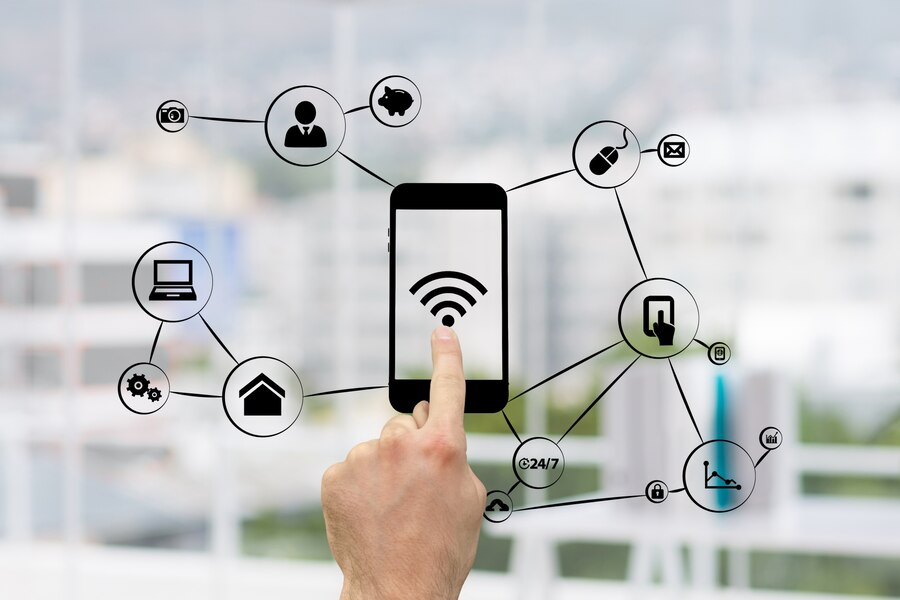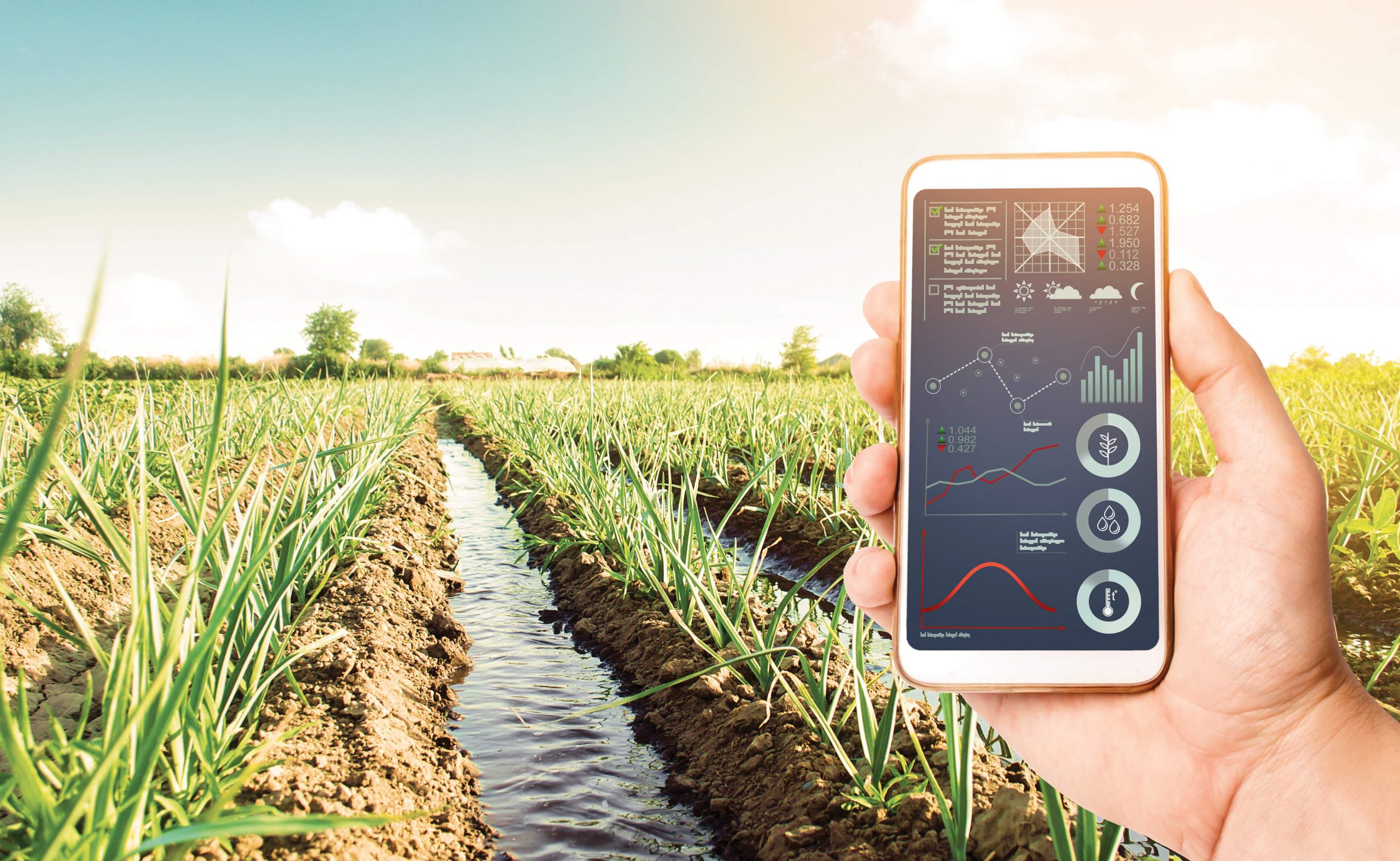Overcoming Logistics Challenges with IoT-Powered Tracking Solutions
-
April 7, 2025
-
7 min read
Delivering goods on time is more difficult than ever. Shipment delays, cargo theft, and inefficient route planning create serious disruptions in logistics operations. With rising costs and increasing customer expectations, businesses can no longer afford to rely on outdated tracking methods. These IoT logistics challenges impact supply chains at every level, from fleet management to last-mile deliveries.
IoT-powered tracking solutions are transforming logistics by providing real-time visibility, predictive analytics, and automated alerts. Businesses using IoT technology can track shipments accurately, reduce risks, and optimise operations. As logistics networks grow more complex, adopting smarter tracking solutions is key to maintaining efficiency and staying ahead of the competition.
Now, let’s explore the most pressing logistics challenges and how IoT-powered tracking can solve them.
Major IoT Logistics Challenges
The adoption of IoT in logistics improves efficiency, but businesses must overcome several technical and operational hurdles. From connectivity issues to cybersecurity risks, these challenges impact tracking accuracy, cost-effectiveness, and overall supply chain performance.
Addressing these IoT logistics challenges requires strategic investments in infrastructure, security, and technology integration.
1. Connectivity Gaps in Remote Areas
Many logistics routes pass through rural regions with weak network coverage. IoT devices rely on stable connections to transmit real-time data, but signal dropouts lead to gaps in tracking information. This disrupts supply chain visibility and delays decision-making.
2. Data Overload and Processing Bottlenecks
Connected devices generate vast amounts of real-time data, including location, temperature, and fuel consumption metrics. Businesses without advanced analytics tools struggle to process and extract useful insights, leading to inefficiencies.
3. Cybersecurity Vulnerabilities
IoT networks remain vulnerable to cyber threats. Hackers can intercept data, manipulate location signals, or disable tracking devices. Weak encryption and poor authentication mechanisms increase the risk of security breaches.
4. Integration with Legacy Systems
Many logistics companies use outdated software that does not support IoT integration. Adapting existing infrastructure to modern tracking solutions requires time, technical expertise, and significant investment. Poor integration results in incomplete data flow.
5. Limited Battery Life of IoT Devices
Tracking devices, especially those attached to long-haul shipments, need extended battery life. Frequent recharging or replacement disrupts continuous monitoring. Energy-efficient solutions exist but require additional investment.
6. Compliance with Regulatory Standards
Government regulations on IoT data collection, storage, and cross-border tracking vary across regions. Businesses must comply with these laws to avoid fines and legal disputes, adding complexity to logistics operations.
7. Environmental and Weather Challenges
Extreme temperatures, heavy rains, and dust can damage IoT sensors and affect their accuracy. Devices used in refrigerated transport, for example, must withstand temperature fluctuations while maintaining precise monitoring.
8. Signal Interference in Urban Areas
Dense city environments with high-rise buildings and underground warehouses cause signal interference. IoT tracking devices may struggle to maintain location accuracy, affecting real-time tracking reliability.
9. Scalability Issues for Expanding Businesses
As businesses grow, they need scalable IoT solutions that handle increasing data loads and fleet sizes. Many existing systems lack flexibility, making expansion difficult without costly upgrades.
Overcoming these IoT logistics challenges requires good solutions, including better connectivity, stronger security protocols, and better device efficiency. Logistics companies that manage these issues get better control over supply chains and reduce operational risks.
How IoT-Powered Tracking Solutions Solve Logistics Challenges?
IoT tracking devices use RFID, temperature sensors, and cloud connectivity to provide a comprehensive logistics management system. These solutions collect and transmit real-time data, allowing businesses to make informed decisions.
Real-Time Location Tracking
Manual tracking methods lack accuracy, making it difficult to monitor shipments. IoT-powered devices provide real-time location updates, allowing businesses to track fleet movement instantly. Logistics managers receive automated alerts for route deviations, delays, or unscheduled stops, reducing transit risks.
Cargo Security and Theft Prevention
Cargo theft is a major issue in high-value shipments. IoT sensors detect unauthorised access, sudden vibrations, or prolonged idle times. Instant alerts notify logistics teams, enabling quick action to prevent losses. Secure tracking systems also help businesses identify high-risk routes and implement better security measures.
Temperature and Environmental Monitoring
Pharmaceuticals, dairy, and perishable goods require strict temperature control. IoT-enabled sensors monitor cargo temperature and humidity in real time. If conditions exceed safe limits, alerts trigger immediate interventions, preventing spoilage and financial losses.
Predictive Maintenance for Fleet Management
Vehicle breakdowns delay shipments and increase maintenance costs. IoT-powered diagnostics monitor engine performance, tyre pressure, and fuel levels. Predictive analytics detect potential failures before they occur, reducing unplanned downtime and keeping logistics operations efficient.
Automated Route Optimisation
Unplanned detours and traffic congestion increase fuel consumption and delay deliveries. IoT-based AI solutions analyse real-time traffic data, weather conditions, and roadblocks to recommend the most efficient routes. This optimisation reduces transit time and improves fleet productivity.
Digital Documentation and Compliance
Regulatory paperwork in logistics is complex, often leading to shipment delays. IoT-based platforms automate documentation processing to offer faster approvals and reduce human errors. Digital compliance tracking helps logistics companies avoid penalties and operational bottlenecks.
Business Benefits of IoT-Powered Logistics Solutions
Companies implementing IoT tracking solutions experience significant operational improvements. Some key benefits include:
1. Lower Operational Costs
Reduced theft, fuel wastage, and maintenance expenses contribute to cost savings. Automated tracking eliminates manual labour costs associated with shipment monitoring.
2. Faster Deliveries
Real-time tracking and optimised routing improve delivery timelines, enhancing customer satisfaction. Businesses offering timely deliveries gain a competitive edge in the market.
3. Higher Supply Chain Transparency
IoT solutions provide end-to-end visibility across supply chains. Customers and logistics managers can track shipments in real time, reducing uncertainty and improving trust.
4. Improved Regulatory Compliance
Automated documentation reduces the risk of errors and penalties. Digital compliance solutions streamline approval processes, preventing delays due to missing paperwork.
5. Sustainability and Environmental Benefits
Optimised fuel consumption and predictive maintenance reduce carbon footprints. IoT-driven logistics systems contribute to greener supply chain operations.
What Role IoT Connectivity Plays in Logistics?
IoT-powered logistics solutions rely on IoT connectivity services to transmit data between tracking devices, cloud platforms, and analytics tools. These services provide smooth communication, enabling logistics companies to monitor shipments without interruptions.
Reliable connectivity ensures that tracking data remains accurate and up to date. Whether shipments travel through remote highways, dense urban areas, or cross-border routes, IoT Connectivity services maintain continuous tracking, minimising data loss and disruptions.
IoT SuperTracker by Airtel: A Smarter Way to Track Logistics
Airtel’s IoT SuperTracker transforms logistics tracking by eliminating the limitations of traditional GPS-based solutions. Businesses dealing with IoT logistics challenges such as high tracking costs, battery failures, and poor connectivity find this technology an efficient alternative. Using SIM-based triangulation instead of GPS, it provides real-time asset tracking with extended battery life, making it an ideal solution for logistics.
Key Features and Benefits of IoT SuperTracker
- Cost-Effective Tracking: IoT SuperTracker reduces tracking costs by up to three times compared to portable GPS trackers. Its plug-and-play setup eliminates infrastructure expenses, making it accessible for businesses of all sizes.
- Extended Battery Life: Unlike conventional trackers that require constant charging, IoT SuperTracker operates for up to 192 days without external wiring, reducing maintenance efforts.
- Real-Time Asset Visibility: Businesses track shipments, containers, and warehouse assets with real-time data. The system provides movement history and alerts to prevent losses.
- Geofence Management: Logistics managers set location boundaries, receiving instant alerts when assets move beyond designated zones. This feature enhances security and prevents unauthorised deviations.
- Route Replay and Vehicle Tracking: The solution records the entire shipment journey, helping businesses analyse route efficiency and optimise delivery schedules.
- Smooth Integration with IoT Platforms: IoT SuperTracker works with Airtel’s IoTHub, a unified platform that simplifies device management across 2G, 4G, 5G, and NB-IoT networks.
By addressing major IoT logistics challenges, IoT Super Tracker by Airtel offers businesses a smarter, cost-efficient, and reliable alternative to traditional GPS tracking solutions.
Conclusion
Logistics companies face rising operational challenges, including shipment delays, cargo theft, inefficient routing, and regulatory complexities. IoT-powered tracking solutions address these IoT logistics challenges by providing real-time visibility, predictive analytics, and automated alerts. Businesses using IoT technology reduce transit risks, lower costs, and improve supply chain efficiency.
For businesses looking for a cost-effective, reliable, and advanced tracking solution, Airtel’s IoT SuperTracker provides the ideal choice. With SIM-based triangulation, extended battery life, real-time tracking, and geofencing, it redefines logistics monitoring. In simple words, it helps businesses navigate complex supply chains with better visibility, security, and efficiency.
 Share
Share









